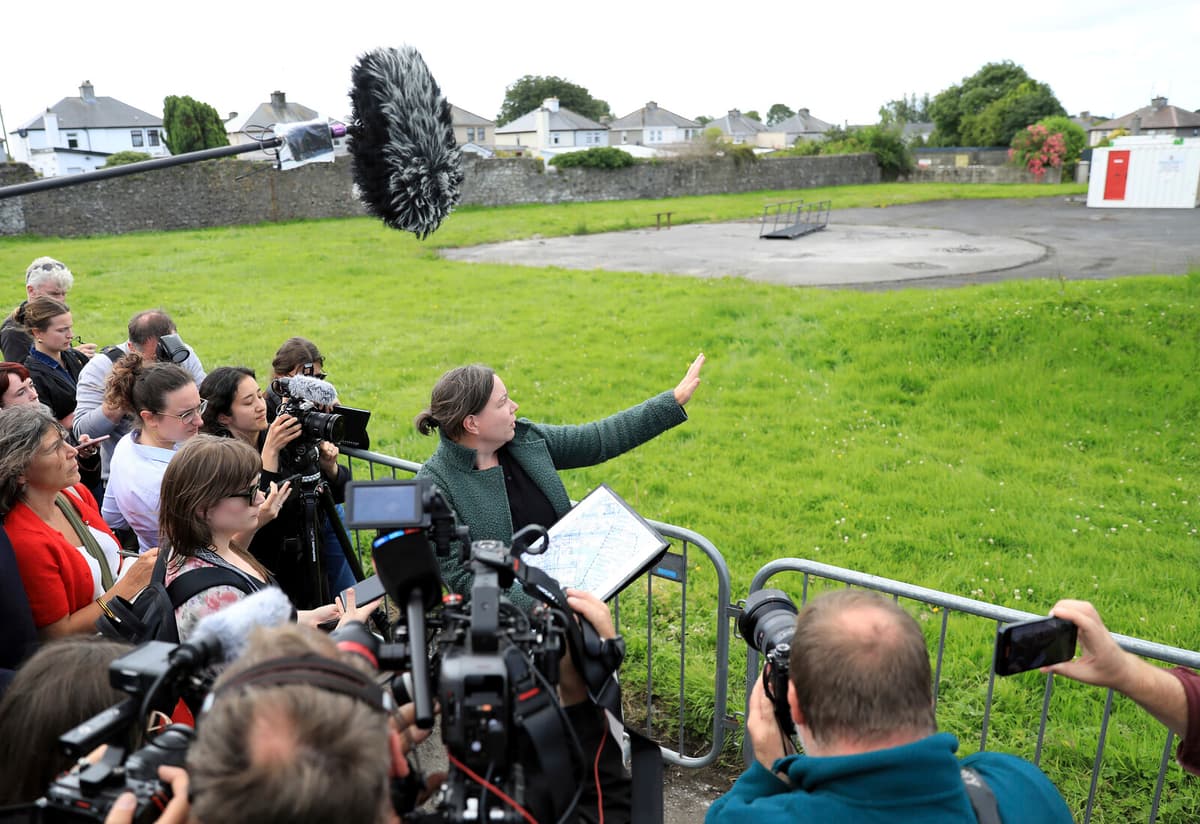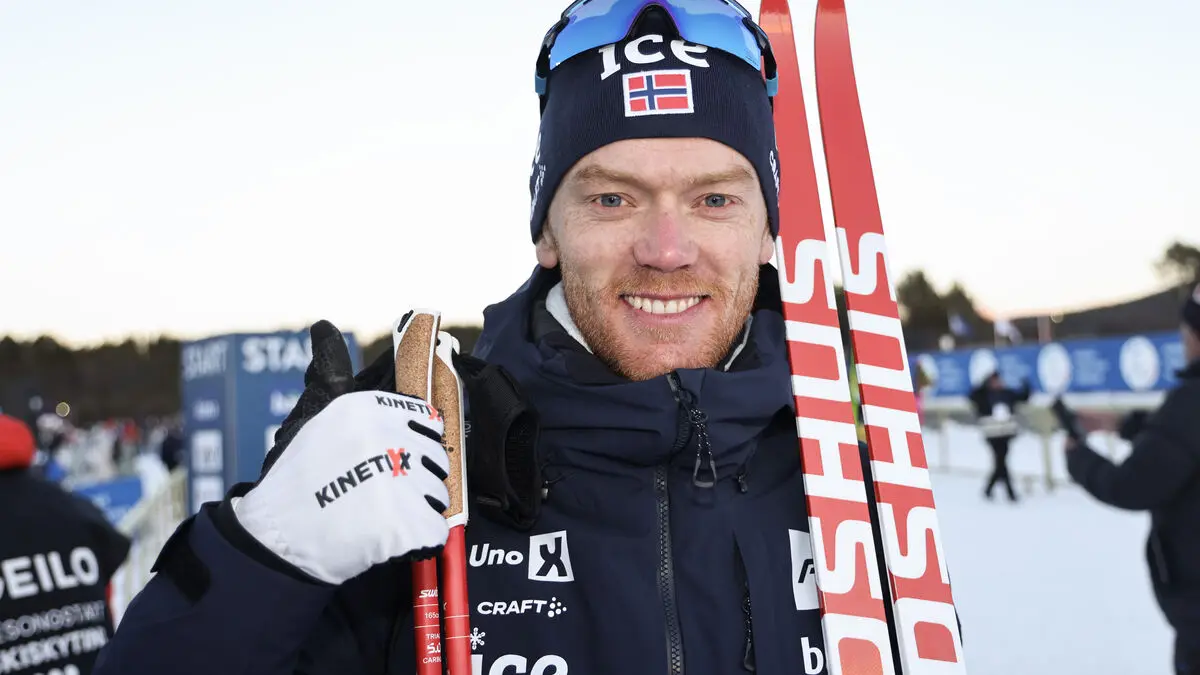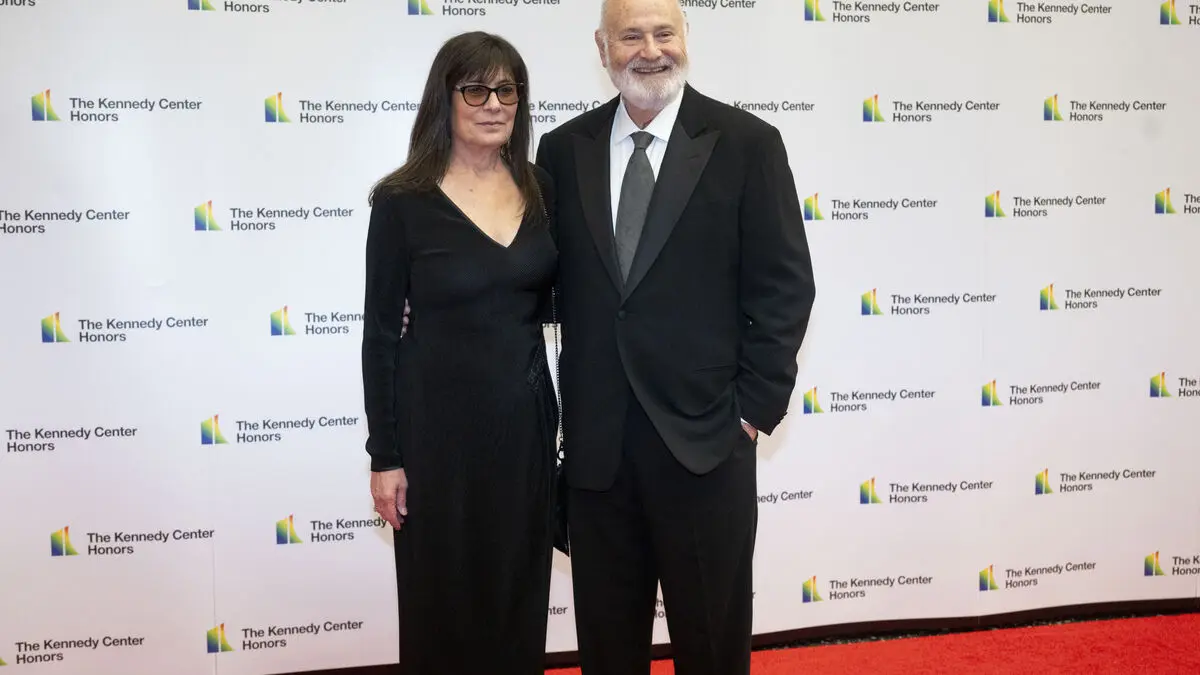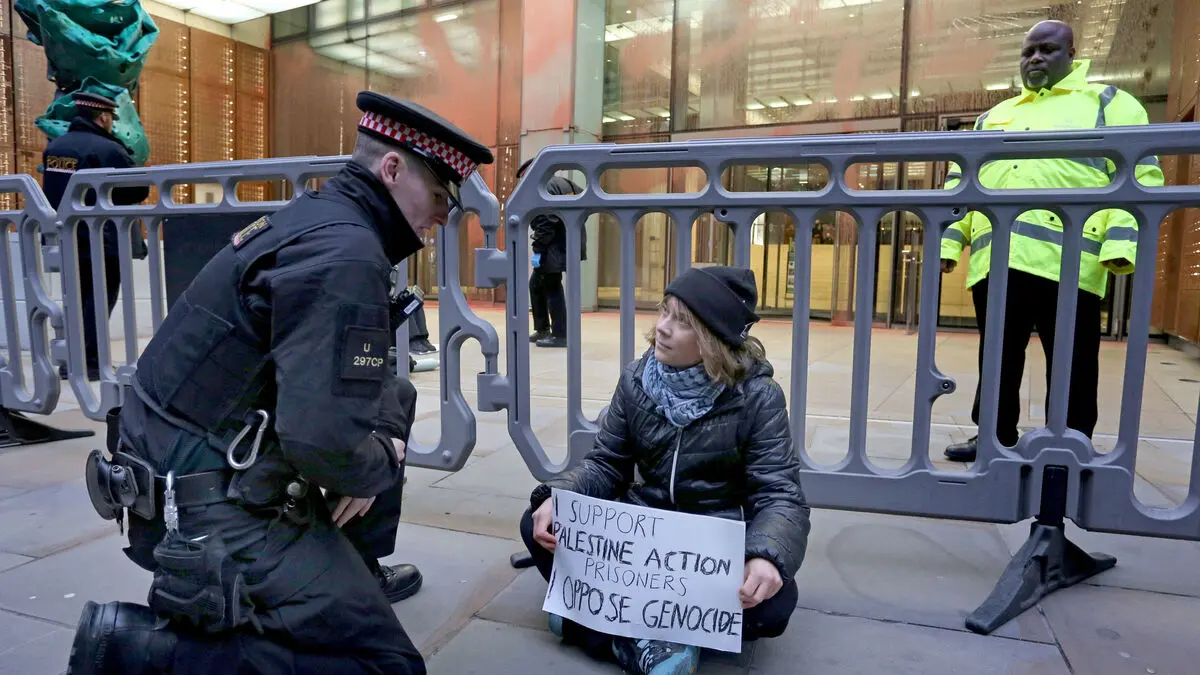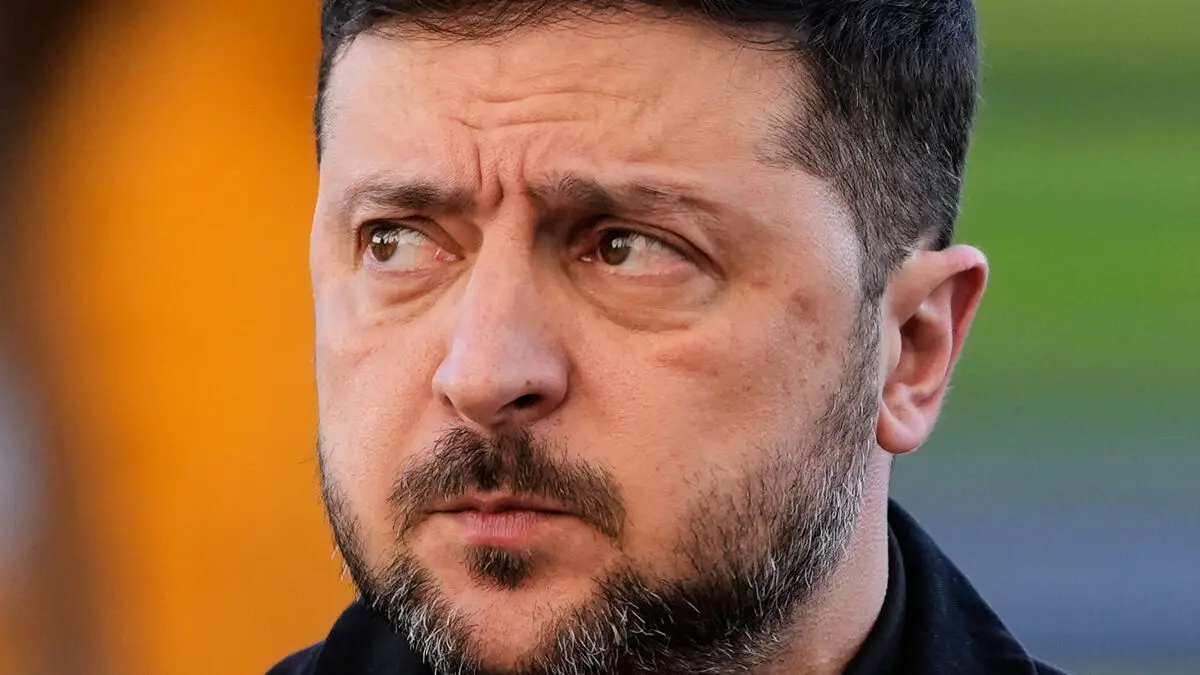The area where the children, many of them infants, are buried was previously owned by the St Mary's orphanage, which was run by Catholic nuns.
Thousands of women and children lived in the orphanage between 1925 and 1961. Many of the women had become pregnant out of wedlock and were separated from their children after giving birth.
Bones under concrete
After the orphanage was demolished, a residential area was built on the site and it was there that the secret mass grave was discovered when a janitor in the 1970s found a broken concrete slab that hid skeletal remains. For a long time, people believed that the remains came from the Irish famine of the 1840s.
It was not until 2014 that an amateur historian, Catherine Corless, began to unravel the case of the "chamber of horrors", as the burial site is now called.
According to a death register from the orphanage, 796 children are said to have died there during the years. But there was no information about where they had been buried.
"Small bundles"
People did not believe me. Many doubted that an amateur historian could reveal such a huge scandal, she says in an interview with BBC.
Later, a witness who had fallen into a hole on the burial site came forward and told that she had seen "small bundles packed after each other, in rows up to the ceiling".
In 2017, an investigation, commissioned by the government, finally confirmed that there were "significant amounts of human remains" on the site. The bones come from fetuses and children who were up to three years old, according to the investigation.
A difficult task
On Monday, the work of excavating and identifying the bodies will begin. It will take at least two years.
The work is complicated by the fact that the skeletal remains belong to such small children. A newborn's thigh bone, which is the body's largest bone, is as big as an adult's finger.
– We must recover the remains very, very carefully to maximize the possibility of identification, says Daniel MacSweeney, who is leading the work, to BBC.
